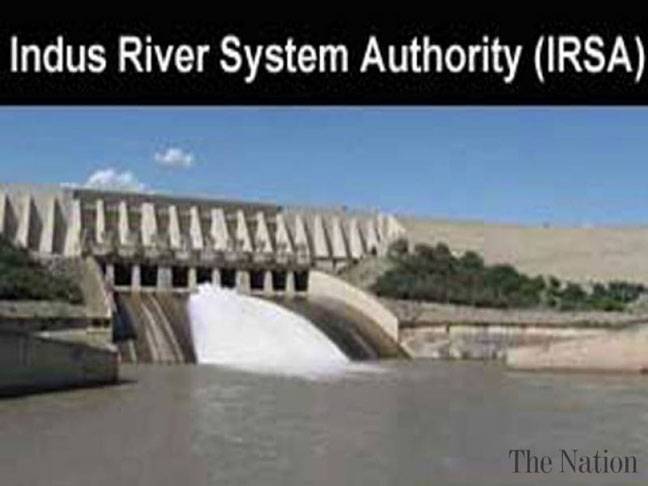ISLAMABAD - The meeting of the Indus River System Authority (Irsa) technical committee has been convened today (Monday) to assess the availability of water in the rivers and reservoirs for the upcoming Rabi season, it is learnt reliably here.
According the Punjab’s estimates the water shortage, during Rabi, will be likely 22 percent while according to Sindh it will be around 21 percent, official source told The Nation on Sunday. The meeting of the Irsa technical committee has been convened to provide an assessment of the water flows in the rivers and reservoir level during the upcoming Rabi season, the official said. The meeting of the technical committee will be presided over by the Irsa director regulation and will be attended by provincial regulation/irrigation officials and officials of Tarbela and Mangla dams, the officials said.
However, the official said that the final decision about the anticipated water shortage, for Rabi, and determination of provinces share would be made by the advisory committee meeting with the consensus of the stakeholders. The meeting of the advisery committee has also been convened on September 29, the official informed. The meeting of the advisery committee will be presided over by the Irsa chairman and will be attended by provincial members of Irsa, GM water Tarbella and Mangla and provincial irrigation departments.
The Water Accord 1991 empowered the Irsa to determine water availability in the country and provincial share twice a year, once for Kharif season and the other for Rabi season. Rabi season starts from October 1, while Kharif starts from April 1. Since Balochistan and Khyber Pakhtunkhwa were exempted from cuts in the share, the shortage in water would be distributed between Sindh and the Punjab.
According to the Irsa’s anticipation, for the upcoming season, it is likely that the provinces will face above 20 percent water shortage during the upcoming Rabi 2017-18, the official said. The water shortage is caused by less than anticipated flow in Jhelum and Kabul rivers and early drawdown from the reservoirs, the official said. The water flows in Jhelum was 14 percent less from the anticipated flows, while the river flows in river Kabul were also considerably lower than the anticipated flows, the official said. Resultantly, to meet the provincial demand, water is being released from the reservoirs. The release from the reservoirs has considerably lowered the reservoirs level and Tarbela dam level is decreasing by around two feet per day from the past two weeks. The level of Mangla is also going down due the water release.
According to the daily water report issued by the Irsa, the water level in Tarbela reservoir on Monday was 1508.06 against the maximum conservation level 1,550 feet and minimum operating level 1,380 feet. Similarly, the present level of Mangla reservoir is 1,211.60 feet against the minimum operating level 1,040 feet and maximum conservation level 1,242 feet. While Chashma present level is 640.10 feet against the minimum operating level 637 feet, and maximum conservation level 649 feet.
On Sunday, flow in Indus at Tarbela were 61,400 cusecs and outflow 10,0000 cusecs, Kabul at Nowshera inflows 7,200 cusecs and outflows 7,200 cusecs, Jhelum at Mangla inflows 9,300 cusecs and outflows 55,000 cusecs, Chenab at Marala inflows 21,900 cusecs and outflows 7,000 cusecs.






